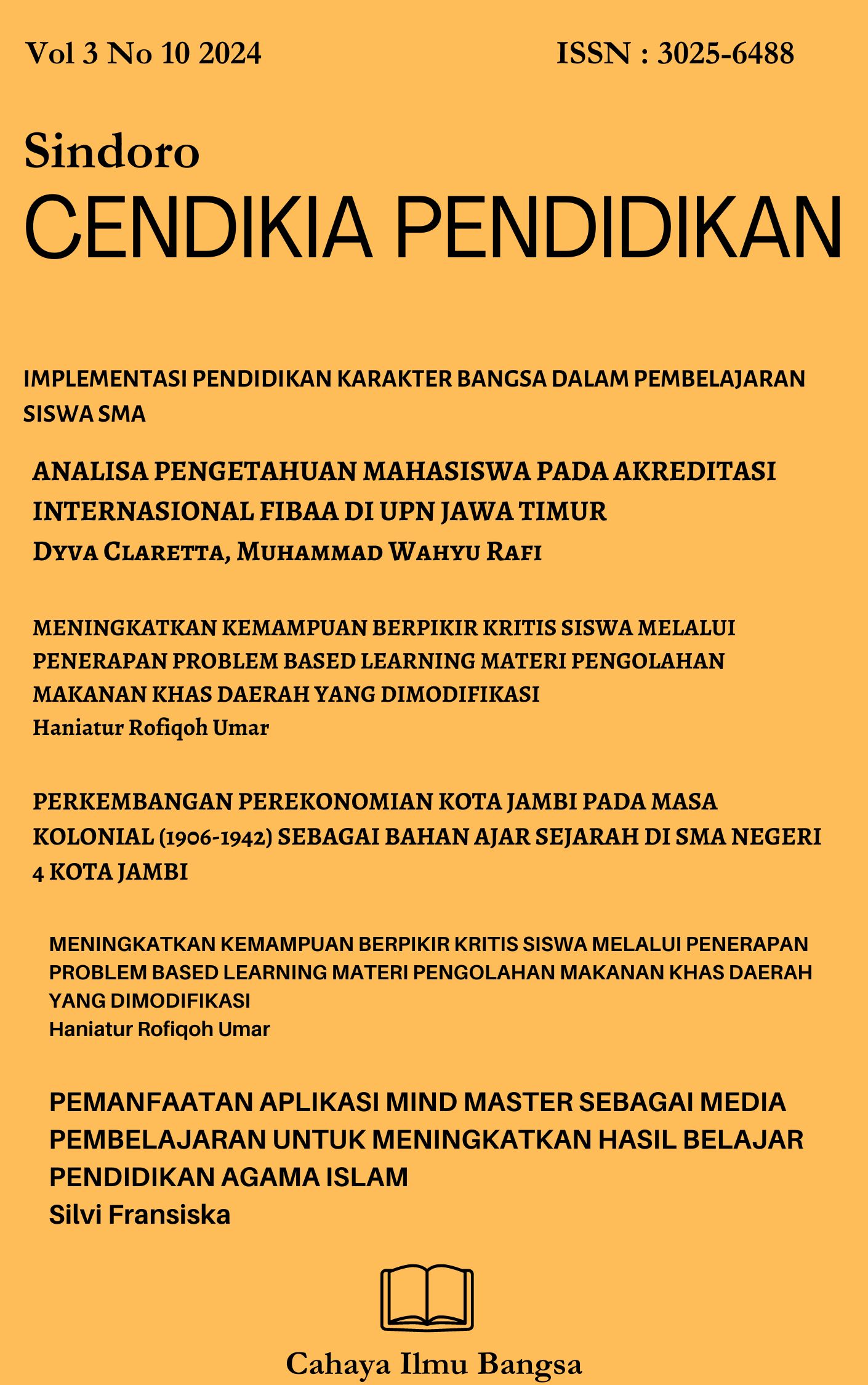A COMPARATIVE STUDY BETWEEN USING VIDEO AND AUDITORY AS MULTIMEDIA-BASED LEARNING STRATEGIES IN STUDENTS' LISTENING COMPREHENSION AT ELEVENTH GRADE IN SMAN 2 KOTA SERANG (A TRUE-EXPERIMENTAL RESEARCH)
Main Article Content
Abstract
This study explores the comparative efficacy of video-based and audio-based strategies in enhancing listening comprehension among eleventh-grade students at SMAN 2 Kota Serang. Through a true experimental design, data were gathered from two groups, one exposed to video-based instruction and the other to audio-based instruction. Analysis reveals a significant difference in listening comprehension performance, with the video-based approach yielding superior outcomes. These findings underscore the importance of multimedia integration, particularly leveraging visual aids, in optimizing students' comprehension skills. Educational practitioners can use these insights to tailor instructional methods, fostering more effective learning environments that cater to diverse student needs. This research contributes to understanding the role of multimedia strategies in language education, offering valuable implications for pedagogical practices aimed at enhancing listening comprehension proficiency.
Article Details

This work is licensed under a Creative Commons Attribution-NonCommercial 4.0 International License.
This work is licensed under a Creative Commons Attribution-ShareAlike 4.0 International License.
Authors who publish with this journal agree to the following terms:
- Authors retain copyright and grant the journal right of first publication with the work simultaneously licensed under a Creative Commons Attribution License that allows others to share the work with an acknowledgement of the work's authorship and initial publication in this journal.
- Authors are able to enter into separate, additional contractual arrangements for the non-exclusive distribution of the journal's published version of the work (e.g., post it to an institutional repository or publish it in a book), with an acknowledgement of its initial publication in this journal.
- Authors are permitted and encouraged to post their work online (e.g., in institutional repositories or on their website) prior to and during the submission process, as it can lead to productive exchanges, as well as earlier and greater citation of published work

